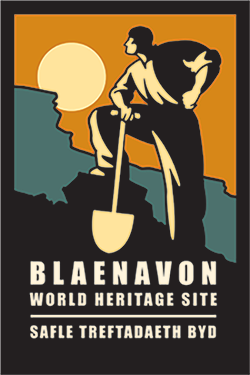Chapels and religion
Blaenavon’s main Anglican (Church of England) church was St. Peter’s, which was built by the ironmasters in 1804-05. However, most of Blaenavon’s workers and their families did not go to this church. They worshipped at the town’smany chapels instead. Chapelgoers were also known as nonconformists and the chapel denominations included Baptists, Methodists and Congregationalists.
Chapels were important buildings where people expressed their deeply held Christian beliefs. They were also centres of lifelong learning, entertainment, politics and culture. By the late 19th century, chapels became one of the increasingly few places in industrial south Wales where the Welsh language was used.
At Blaenavon on Saturday evening a band of young lads between the ages of fourteen and sixteen held prayer meetings at different places in the principal streets. Just before eleven o’clock they were holding a meeting in William Street, when a drunken man went in their midst and attempted to sing. At once the young boys started to pray for him, and at last the drunken man asked them to take him home and to have a meeting there… This little meeting lasted until long after eleven o’clock, and the drunken man was reclaimed.
Evening Express, 11 March 1905

